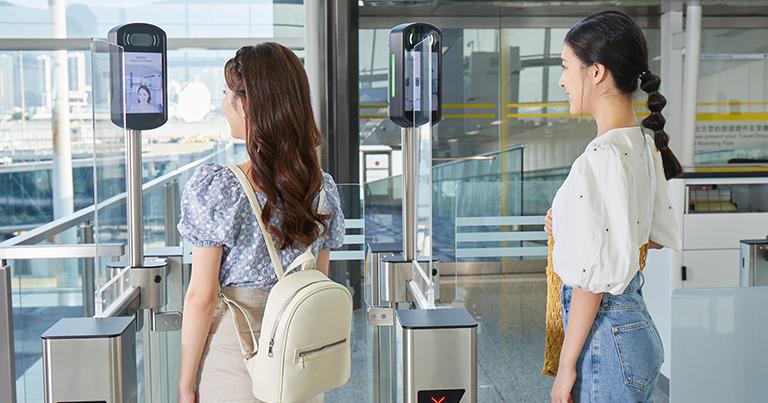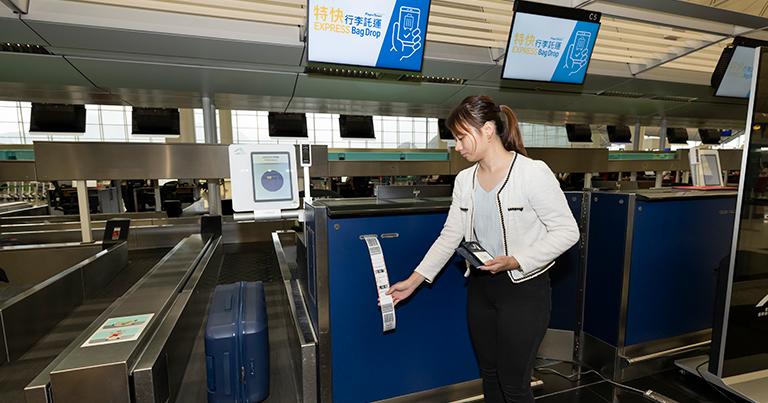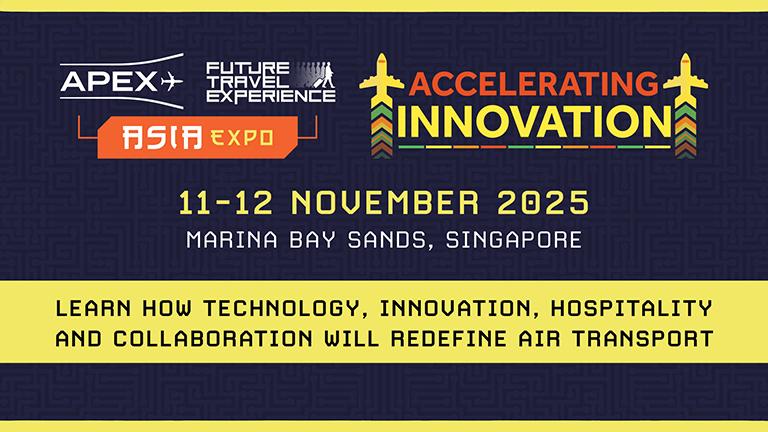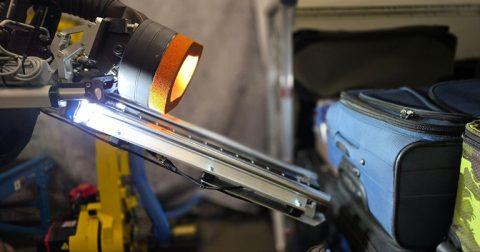Hong Kong International Airport (HKIA) is at the forefront of innovation in passenger experience and operational efficiency. As part of these efforts, Airport Authority Hong Kong has completed full deployment of Flight Token (aka One ID) across all departure checkpoints at HKIA, achieving a truly seamless biometric journey from check-in to boarding. Ahead of his participation at APEX FTE Asia Expo, taking place in Singapore on 11-12 November 2025, Hercules Lai, Manager, Future Travel Experience, Airport Authority Hong Kong, shares how incremental improvements are further enhancing operational design, passenger interaction, and technology integration, creating a smoother, more intuitive process that has significantly improved adoption and efficiency.
See the full APEX FTE Asia Expo 2025 schedule at a glance >> Register for APEX FTE Asia Expo 2025 – free to attend >>
Lai is participating in the free to attend Expo Stage Schedule at APEX FTE Asia Expo, with a presentation titled ‘How every tweak transforms the Flight Token (aka One ID) experience and enhances efficiency at Hong Kong International Airport’. “In my presentation, I’ll highlight how a series of incremental improvements, what we call ‘tweaks’, have collectively shaped the success of the Flight Token journey at HKIA,” Lai explains. “Each checkpoint taught us something valuable about operational design, passenger interaction, and technology integration. By fine-tuning these elements, we created a smoother, more intuitive process that significantly improved adoption and efficiency. I’ll share the stories behind these adjustments and how each one played a key role in transforming the overall end-to-end experience.”
Collaborating with other airports to enable an end-to-end, cross-airport experience
HKIA has been a pioneer in implementing Flight Token (One ID) to streamline the passenger journey and has now completed full deployment across all departure checkpoints, achieving a truly seamless biometric journey from check-in to boarding. “With the technology’s maturity well recognised, our focus is shifting toward expanding Flight Token to additional touchpoints, such as airport lounges and other commercial opportunities,” says Lai. “More importantly, we’re collaborating with other airports to enable an end-to-end, cross-airport experience – so passengers using HKIA’s Flight Token may travel document-free all the way to their destination. We’re also evolving from device-dependent infrastructure to a mobile-first strategy, allowing passengers to manage their digital identity conveniently from their smartphones.”

One impactful improvement delivered by the deployment of Flight Token has been the way passengers enrol their biometrics and the degree of automation within HKIA’s self-service facilities. By simplifying the enrolment process and integrating biometric capture seamlessly into existing touchpoints, the airport has reduced friction and waiting time while maintaining high accuracy and security.
“Passenger feedback has been overwhelmingly positive,” Lai shares. “Travellers appreciate the convenience of the contactless experience and the consistency of the process across touchpoints. This high level of user acceptance encourages us to keep refining the journey – making it faster, more intuitive, and even more personalised.”
One of the biggest challenges has been integrating a wide range of systems, each with different levels of maturity, into a seamless, secure end-to-end process. “Ensuring interoperability among multiple airport stakeholders, airlines, and technology partners required extensive collaboration and standardisation,” Lai explains. “Another key challenge was managing passenger privacy and data protection under stringent regulations. We have addressed these through robust data governance frameworks, continuous stakeholder alignment, and adopting open technology standards that enable flexibility and future scalability.”
3 keys to achieving true end-to-end seamlessness: trust, interoperability, and passenger convenience

Biometric and digital identity solutions are gaining momentum globally. Lai notes that, to achieve true end-to-end seamlessness, three areas are critical: trust, interoperability, and passenger convenience. “Trust comes from strong privacy safeguards,” he says. “Interoperability ensures that systems across different partners work together effectively. Lastly, convenience is the key to passenger adoption – solutions must be intuitive, fast and easy to use.”
Flight Token is a cornerstone of HKIA’s Smart Airport strategy, which focuses on digitalisation, automation, and data-driven operations. It demonstrates how biometric and digital identity technologies can simplify passenger touchpoints while improving operational efficiency. “One key lesson is that success lies in the small details – those ‘tweaks’ that optimise the passenger journey at each checkpoint,” Lai shares. “Another is the importance of stakeholder collaboration – aligning airlines, security authorities, and technology partners early on makes integration much smoother.”
Looking ahead to further evolution of the technology, Lai is most excited about achieving a world where digital identity allows passengers to travel document-free across borders – where identity verification happens securely and seamlessly in the background. “Over the next decade, I see digital identity evolving into a universal travel credential integrated with mobile devices and digital wallets, empowering travellers to move effortlessly through airports and beyond,” he says. “It will also foster greater operational integration between airports, airlines, and immigration authorities worldwide.”
APEX FTE Asia Expo: “An invaluable platform to collectively envision the next generation of passenger experiences”
As he prepares to speak at the 15th anniversary APEX FTE Asia Expo in Singapore (11-12 November 2025), Lai is looking forward to exchanging ideas with peers and technology innovators who are also driving transformation in travel. “Events like APEX FTE Asia Expo provide an invaluable platform to share best practices, explore new partnerships, and collectively envision the next generation of passenger experiences.”
As HKIA continues to refine and expand its Flight Token ecosystem, Lai’s work exemplifies how continuous innovation and collaboration can redefine what seamless travel truly means. His insights at APEX FTE Asia Expo will offer valuable lessons for industry stakeholders seeking to advance digital identity, interoperability, and passenger-centric design. For those shaping the future of travel, his session promises to be an inspiring look at how small, strategic “tweaks” can create big impacts across the end-to-end journey.
See the full APEX FTE Asia Expo 2025 schedule at a glance >> Register for APEX FTE Asia Expo 2025 – free to attend >>







